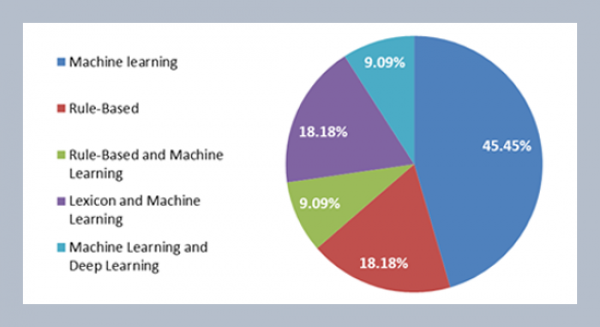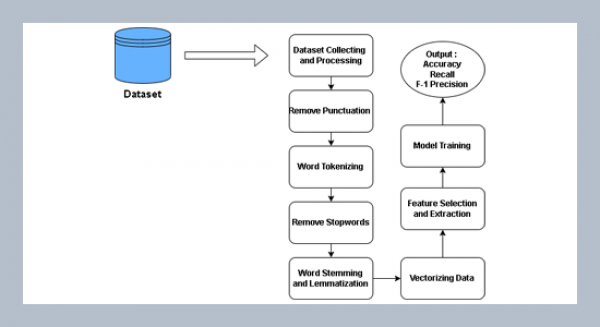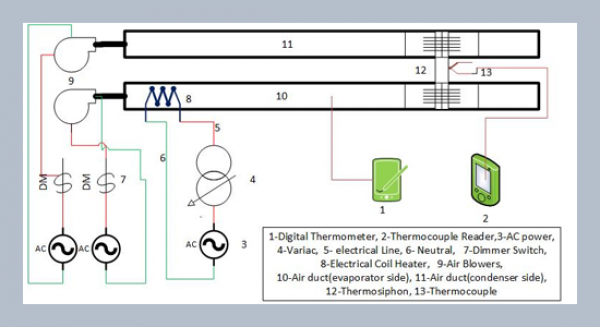Bo-Tsun Chena1, Jin-Jun Wangb, Helsin Wangc, Ta-Peng Changd, Zong-Ruei Yange a Postdoctoral Researcher
b Ph.D. Candidate
c Project-Appointed Assistant Professor
d Professor
e Ph. D. student
Department of Construction Engineering National Taiwan University of Science and Technology.
Download Citation:
|
Download PDF
There are many causes such as casting, loading, high temperature, etc., that may increase the void ratio or crack of concrete and thus affect its quality. Evaluating the quality of concrete based on the measured values of internal P-wave velocity is commonly used in concrete engineering. Impact-echo method is one of the famous nondestructive methods to measure P-wave velocity for concrete. In this study, commercial software of finite element analysis, LS-DYNA, is used to simulate the transient analysis of a concrete slab of 200×1000×1000 mm subjected to an impact loading using the 2-D axisymmetric elements. The variables of concrete property in the numerical analysis include three different dynamic moduli of elasticity (20, 30 and 40 GPa) and three void ratios (0, 10 and 20 %). Numerical results show that, in average, the P-wave velocity of concrete slab decreases in the range of 11.80-11.93 % and 25.70-29.28 % with void ratio of 10 % and 20 %, respectively, for all three dynamic moduli of elasticity.ABSTRACT
Keywords:
Impact-echo; nondestructive method; LS-DYNA transient analysis; void; concrete.
Share this article with your colleagues
REFERENCES
ARTICLE INFORMATION
Accepted:
2009-03-25
Available Online:
2009-02-01
Chen, B.-T., Wang, J.-J., Wang, H., Chang, T.-P., Yang, Z.-R. 2009. Effect of void ratio of concrete on evaluation of P-wave velocity by Impact-echo method. International Journal of Applied Science and Engineering, 6, 199–205.https://doi.org/10.6703/IJASE.2009.6(3).199
Cite this article:















